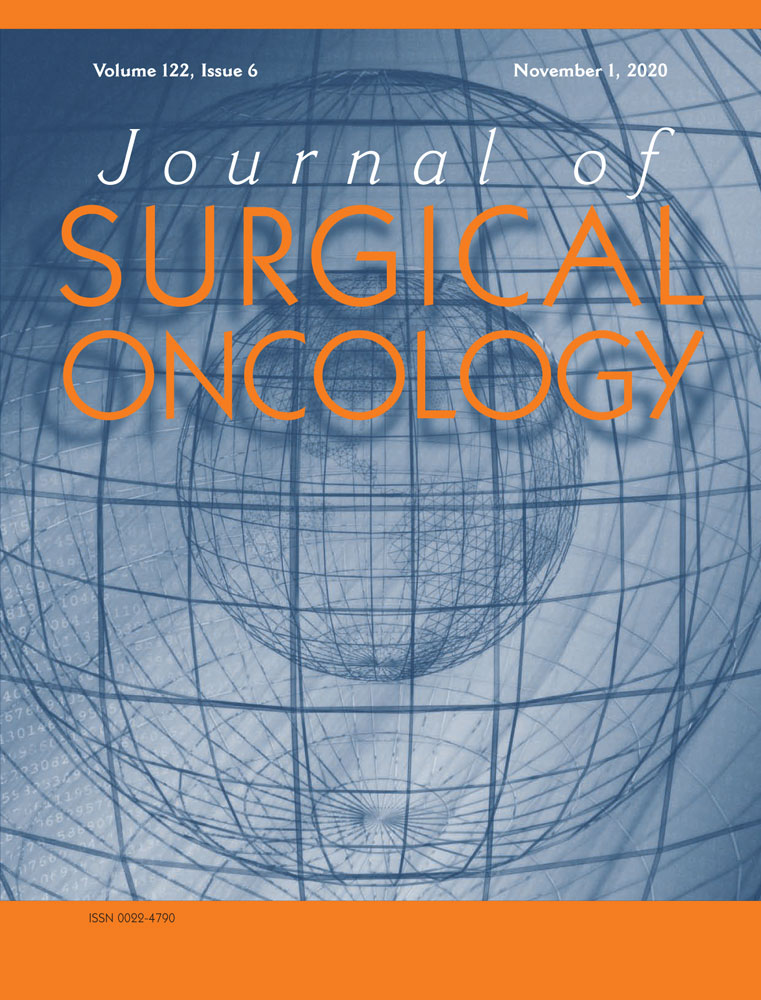Surgical management of appendiceal mucinous neoplasm: Is appendectomy sufficient?
Abstract
Background and Objectives
Due to the rarity of appendiceal mucinous neoplasms (AMNs), there are few established treatment guidelines. The clinical course varies from incidental detection to progressive spread with pseudomyxoma peritonei (PMP). This study investigated the extent of resection on the prognosis and outcomes of AMNs.
Methods
This multicenter retrospective study evaluated patients with AMN who underwent surgery between 4/2006 to 9/2017. Primary endpoints included overall survival (OS) and disease-specific survival (DSS). Secondary endpoints included PMP incidence and treatment with cytoreductive surgery (CRS).
Results
Of the 138 patients with AMN, 70 patients (54%) underwent appendectomy, 26 (19%) cecectomy, and 37 (27%) right hemicolectomy. The median age was 59.7 years and 57 patients (41%) were male. Males were less likely to undergo cecectomy (P = .03). Rupture rates, tumor characteristics, and incidence of PMP were similar across surgery groups. Median follow-up was 61.3 months. Five-year OS and DSS for the total cohort were 94.9% and 98.6%, respectively, and remained similar across all surgery groups. CRS patients were more likely to undergo right hemicolectomy with no difference in survival by surgery type (P = .03).
Conclusions
Patients with AMN have a good overall prognosis and there may be minimal benefit to performing extended surgical resection in these patients.
CONFLICT OF INTERESTS
The authors declare that there are no conflict of interests.
Open Research
DATA AVAILABILITY STATEMENT
Data available on request due to privacy/ethical restrictions.




